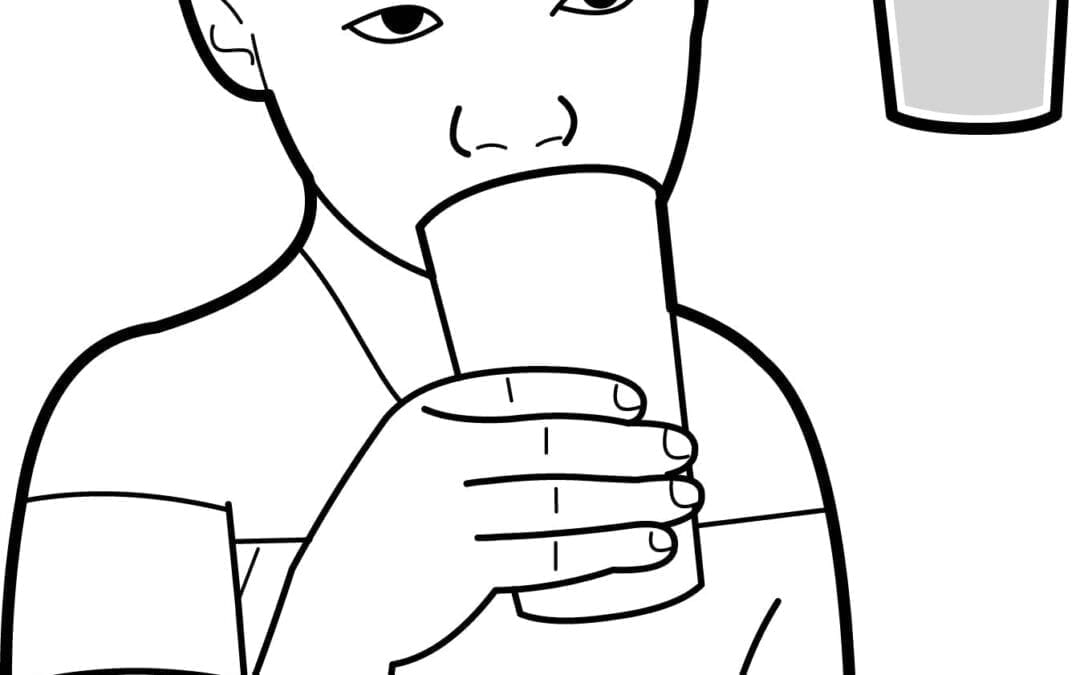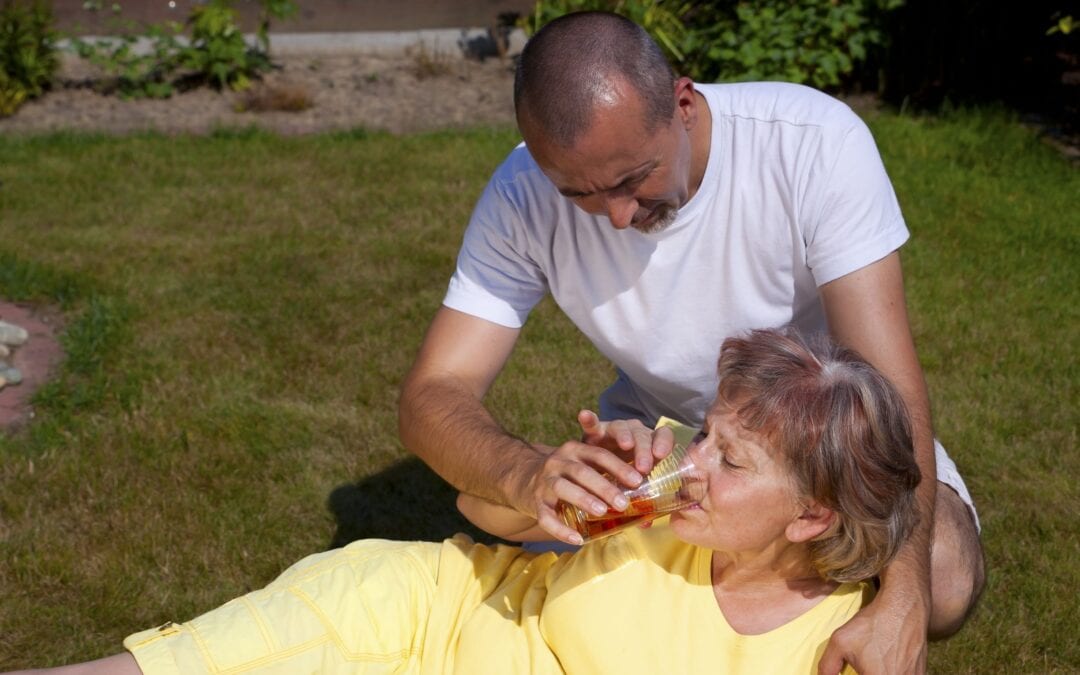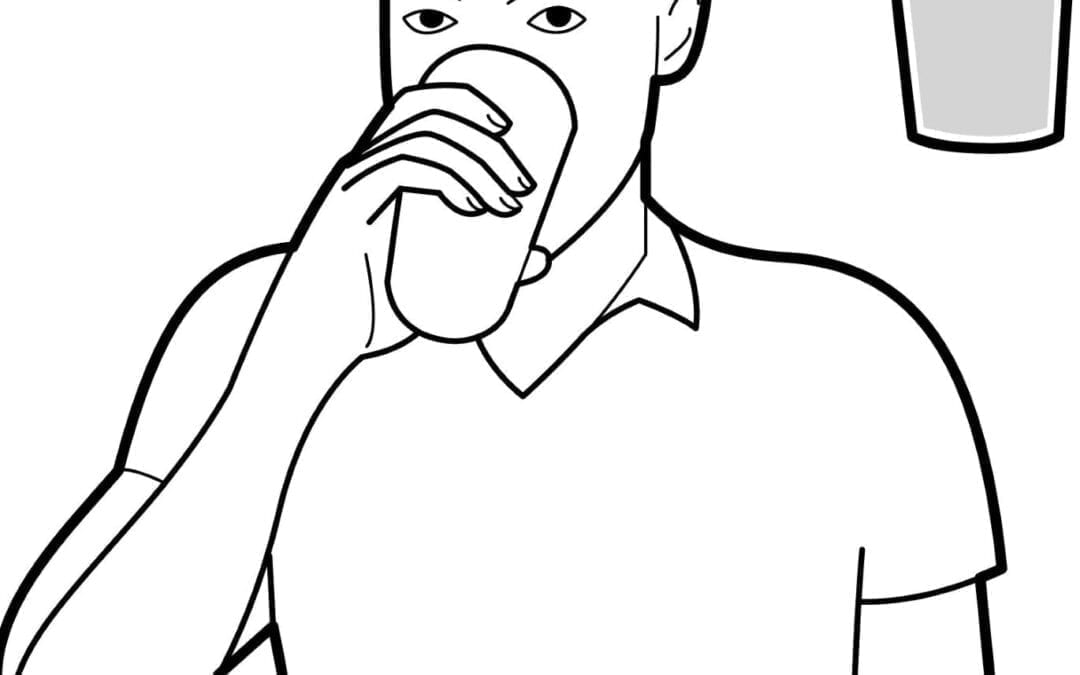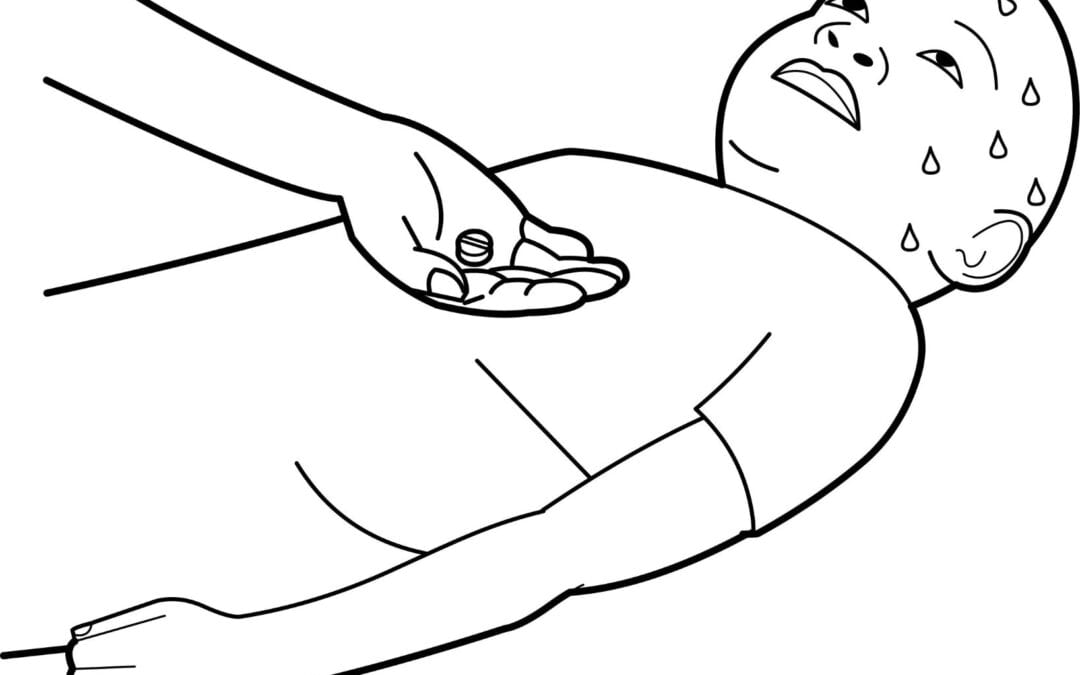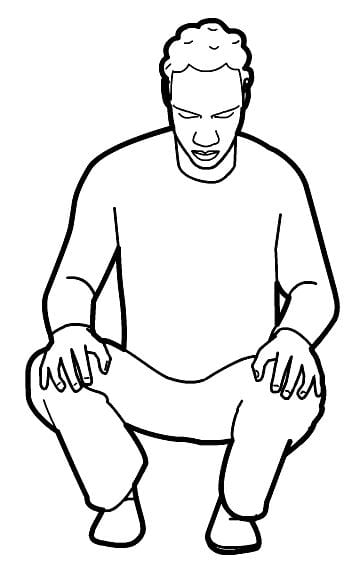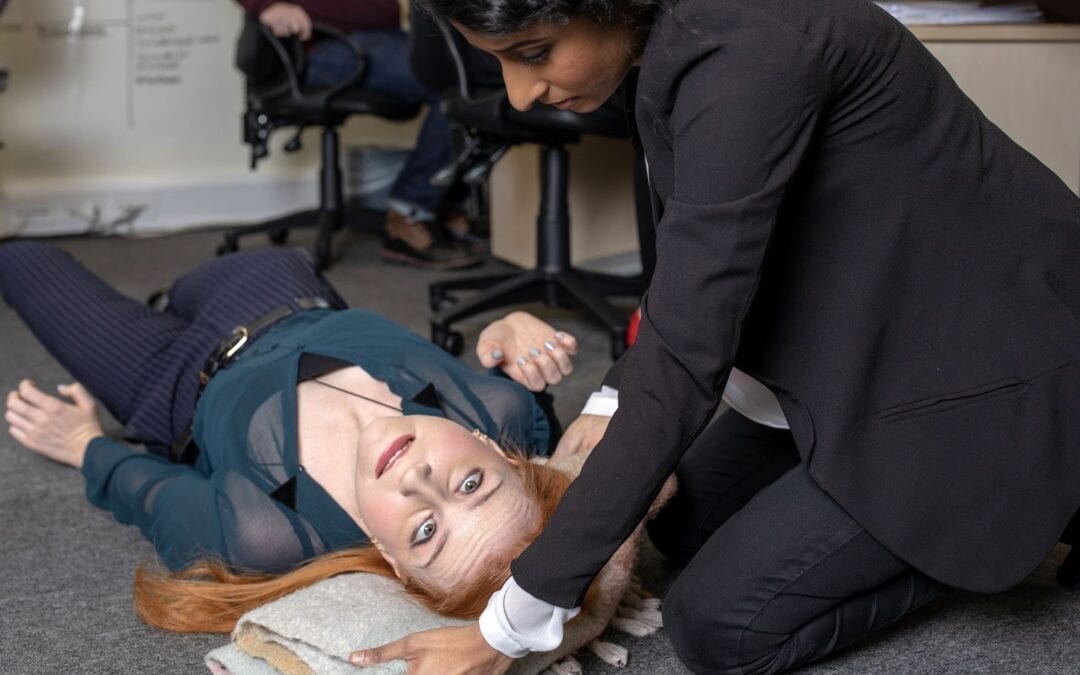DehydrationGive the person plenty of fluids to drink. Save this page as a PDF Dehydration is a shortage of water in the body and occurs when a person loses more fluid than they take in. It can result from a range of conditions (vomiting, diarrhoea, heat stress, fever, etc.), vigorous activity in...
HyperthermiaRapidly cool the person to reduce their body temperature. Save this page as a PDF Hyperthermia is a condition in which the body reaches abnormally high temperatures because it cannot regulate its internal temperature. It is caused when the body produces or absorbs too much heat or...
HiccupsComfort and reassure the person. Save this page as a PDF A hiccup is a sudden contraction of the muscles (diaphragm) that help a person to breathe in, that repeats several times per minute. During a hiccup, the muscle contraction causes the person to take in a quick breath. This breath in...
HeadacheAdvise the person to take the recommended dose of an over-the-counter painkiller (e.g., paracetamol). Save this page as a PDF Headaches are a common condition. Typical symptoms include a mild to painful throbbing or tight sensation in the head, pain behind the eyes (especially when looking...
EaracheAdvise the person to take the recommended dose of an over-the-counter painkiller (e.g., paracetamol). Save this page as a PDF An earache is pain in the outer, middle or inner ear, usually caused by an infection or build-up of pressure behind the eardrum. Earache is most common in children....
Sore throat Advise the person to take the recommended dose of paracetamol to relieve their pain. Save this page as a PDF A sore throat is characterised by a dry, scratchy pain in the throat when swallowing. It can be caused by several conditions including a viral or bacterial infection (also known...
Emergency childbirthSupport the person to give birth, providing comfort to both the woman and baby. Save this page as a PDF Childbirth is a natural process which usually takes several hours. This allows time to access the support of a midwife or to transport the woman to a birthing facility. In...
Abdominal painReassure the person and make them comfortable. Save this page as a PDF Abdominal pain is a broad term meaning pain felt anywhere in the belly. Acute abdominal pain can be caused by a variety of conditions such as gas, constipation, overeating, period pain or a stomach bug....
FeverAssist the person to take paracetamol or acetaminophen to control their fever. Save this page as a PDF When the body temperature is above 38°C (100.4°F), the person has a fever. Fevers are a common and normal response to fight infection and in most circumstances, are not...
Feeling faintHelp the person get into a safe and comfortable position and ask them to do physical counterpressure manoeuvres to increase blood flow to their brain. Save this page as a PDF Fainting is a temporary loss of responsiveness due to a fall in blood supply to the brain. More often, the...
SeizureProtect the person from harm. Save this page as a PDF A seizure is caused by a disruption in the brain’s electrical activity and can cause unresponsiveness, muscle twitching, loss of bodily control or blank staring. The severity varies from person to person with some experiencing...
Diabetic emergency Give the person something sweet to eat or drink to raise their blood sugar level (in the case of low blood sugar). Save this page as a PDF Diabetes is a chronic condition in which the body struggles to produce or respond to insulin, the hormone which regulates blood sugar...

